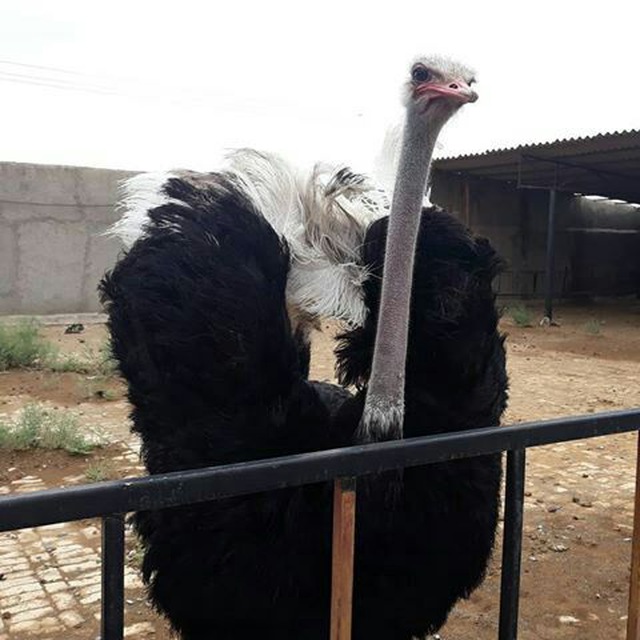Infectious bronchitis
This disease can be seen in chickens that are even 8 months old. The cause of it is cold weather and especially drinking ice water. If the water is freezing in your place, try to pour lukewarm water for the chickens in the morning. Its symptoms are water dripping and grunting. The sign of an acute condition that leads to the death of the bird is that the bird keeps its beak open and breathes and makes a snoring sound. This means that the bronchitis infection has entered the bird’s respiratory tract. If left untreated, it will cause the bird to suffocate. Use bromhexine to open the bird’s respiratory tract. In addition, use Enro solution in the water of the whole chickens, and treat the bird with acute symptoms by injecting penicillin. It is necessary to pour vinegar into the water of the chickens. Vinegar helps prevent the disease from being transmitted from one chicken to another.
Clinical symptoms: loss of appetite – loss of body weight – lagging behind the usual growth schedule – cough and sneezing – reduced egg production – increasing the loss of response of birds to vaccination against ND and IB diseases – respiratory sounds and breathing with open mouth It can be seen – increased sensitivity of birds to stress and especially to fear – the discharge of seromucous secretions from the eyes and nose, and in this case the face becomes puffy.
Dissection symptoms: the upper parts of breathing are involved in CRD. In this case, we will have catarrhal secretions or exudates in the sinuses and trachea.
Clinical symptoms in complex CRD: clinical symptoms in this case, in addition to the symptoms mentioned in CRD, include cyanosis of the crown and beard (due to hypoxia), swallowing air, and death in chickens. (The cause of death in chickens is suffocation)
Autopsy symptoms in CRD complex: In addition to the symptoms mentioned in CRD men, the presence of cheesy pus in the air sacs-thickness and swelling of the air sacs-perihepatitis-pericarditis and salpingitis (oviduct inflammation) are also seen.
Diagnosis: The fastest method to diagnose the disease is to use the S.P.A (Serum.plate.Agglutination) method. In this method, a drop of bird’s serum is placed on the slide, and then mycoplasma antigens are added to it. If agglutination (clotting) occurs in less than 2 minutes, the sample is positive, that is, flock to mycoplasma or C.R.D. is infected
This post is written by Mohammadkhojandy
